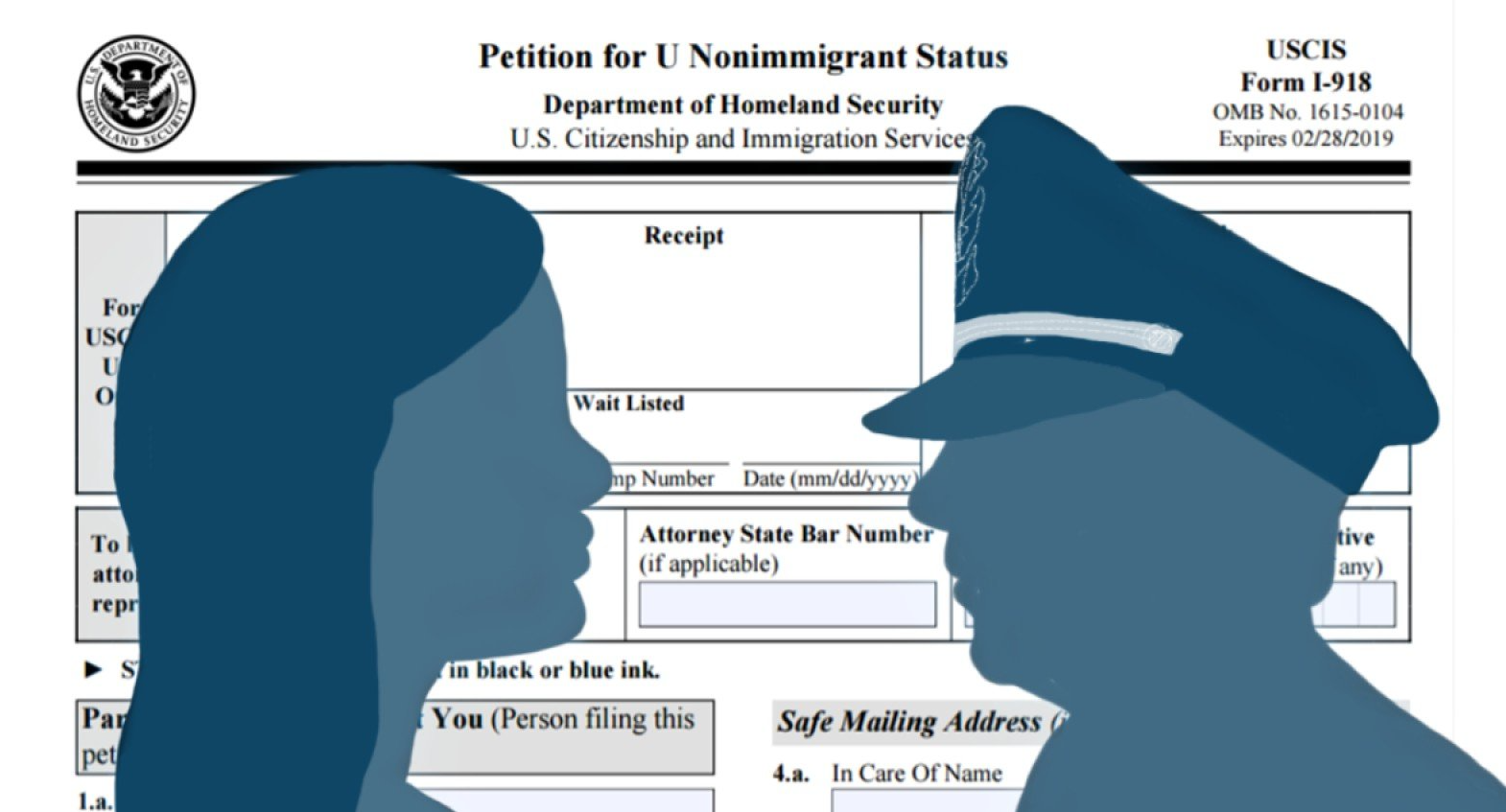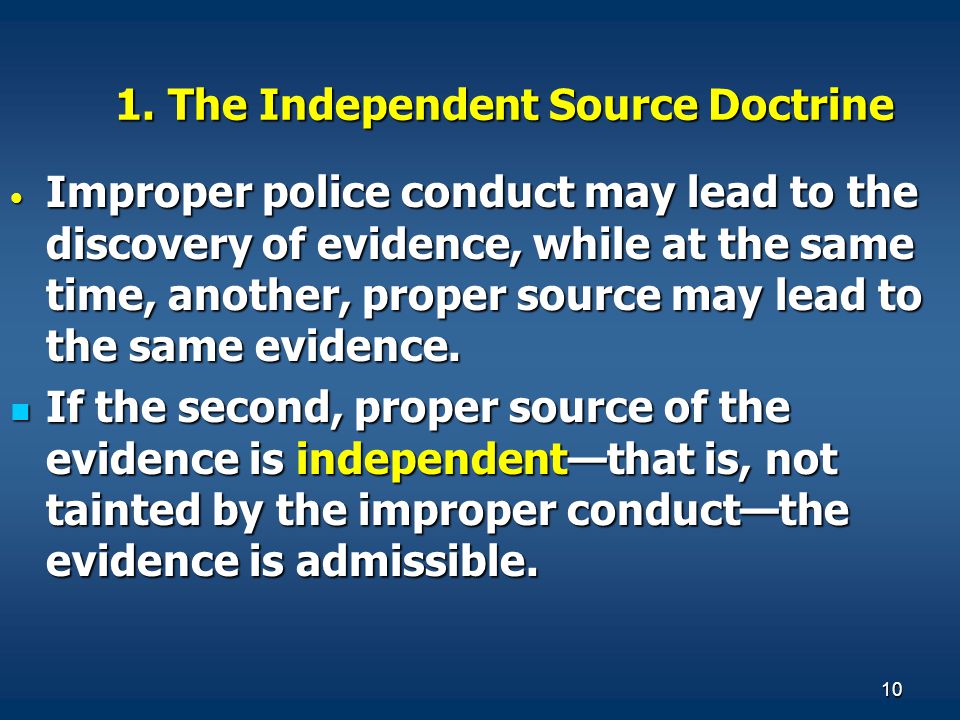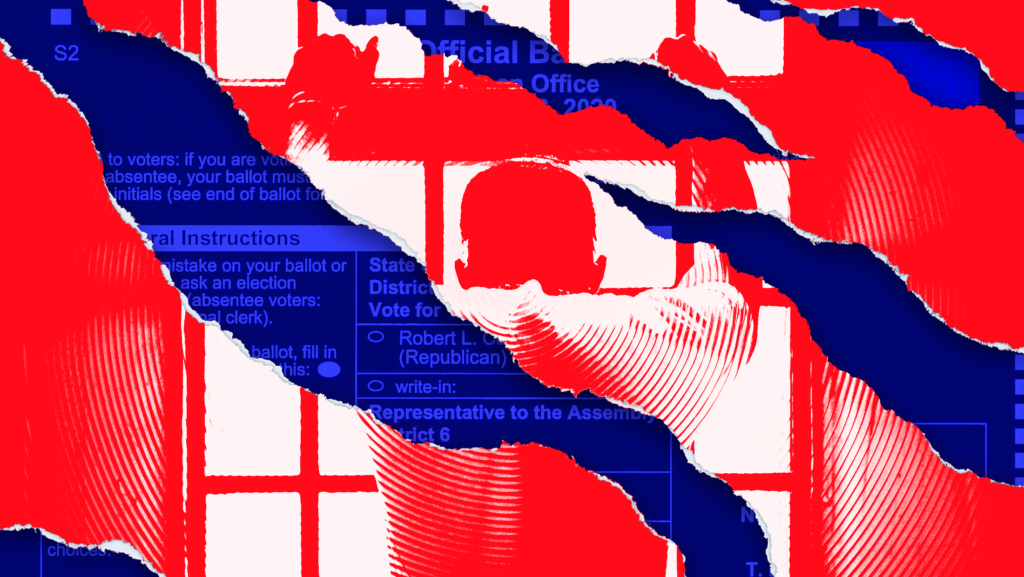
Photo Courtesy of Rich Pedroncelli AP Images
The Seattle Times reports that federal funding has been eliminated for programs like libraries at state prisons. Apparently, this year’s $3.9 million grant from the federal government was terminated by the Institute of Museums and Library Services (IMLS) Acting Director Keith Sonderling. He was appointed to lead the agency by President Donald Trump and sworn in March 20th.
THE INSTITUTE OF MUSEUMS & LIBRARY SERVICES (IMLS)
The IMLS, an independent agency of the federal government, was established in 1996. It provides federal grants to libraries and museums all over the country. Washington libraries have received federal funding since the 60s and the state’s library agency has existed since territorial times, Jones said.
THE MEMORANDUM
In a memorandum, Sonderling wrote the grant is “unfortunately inconsistent with IMLS’ priorities.” In short, an executive order issued by Trump on March 14 mandated the IMLS to “eliminate all non-statutorily required activities and functions.” On March 31, the entire 70-person IMLS staff was placed on administrative leave.
The Washington State Library manages the federal dollars and also administers them to public, tribal, K-12, universities and community college libraries. Access to e-books and audiobooks, research databases and digitized heritage materials are funded with federal dollars. All are at risk without federal money. Additionally, the impacts will also be felt in library programs in juvenile detention centers, state hospitals, and state prisons.
WHAT ARE THE IMPACTS ON PRISONERS?
Jim Kopriva, media relations manager for the Washington Department of Corrections (DOC), said reducing funding for those services will be a “shock” to those programs. He said DOC’s mission is to try and help incarcerated individuals become better people while they are in custody and not return after release.
“That means educating them. That means emotional regulation, drug treatment and whatever they need to be stable and not come back . . . Education is a big part of that. And literature is a big part of that — personal enrichment is a priority of corrections. And so if our libraries are closed after 50 years, that’ll be a shock for sure.” ~Jim Kopriva, media relations manager for the Washington DOC
Nine of the 12 prisons in the state are served by the state library and supported by grant funding, as well as Eastern and Western State Hospitals.
Libraries play a crucial role in helping prisoners through various means. They provide resources for eduction, literacy, and job skills. They also foster a sense of community and offer access to legal information. Libraries within correctional facilities, as well as public libraries serving formerly incarcerated individuals, offer these vital services.
Prison is a terrible place. Please contact my office if you, a friend or family member are charged with a crime. Hiring an effective and competent defense attorney is the first and best step toward justice.














